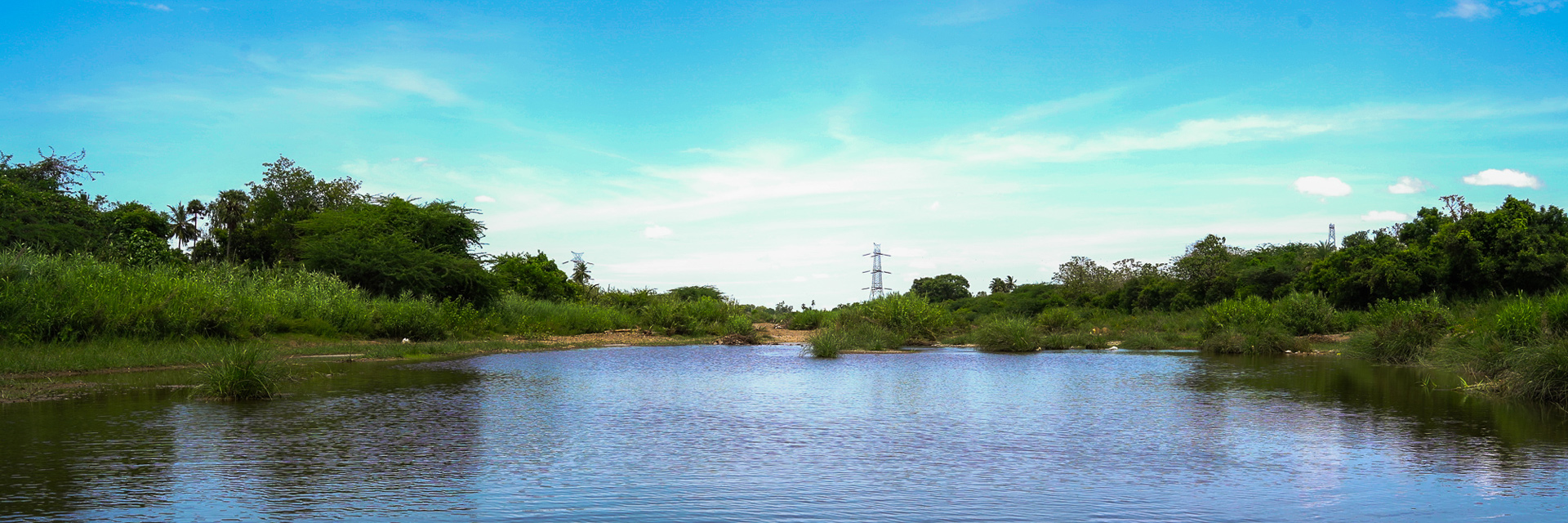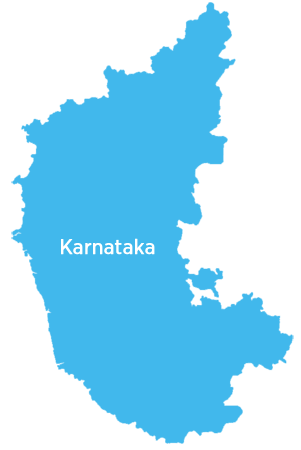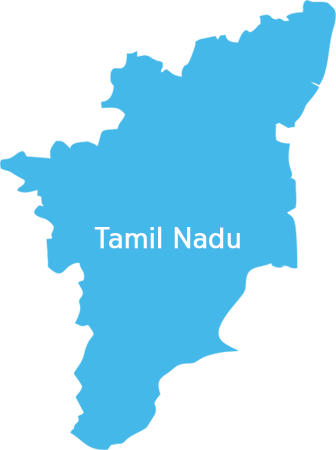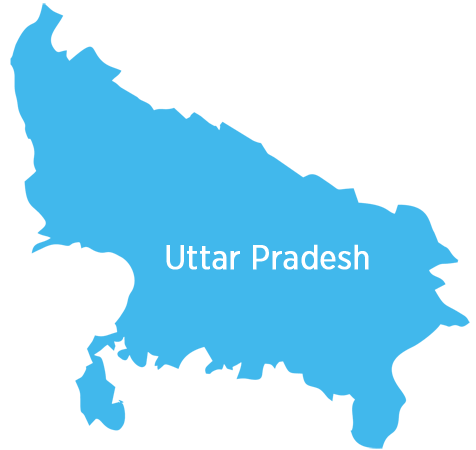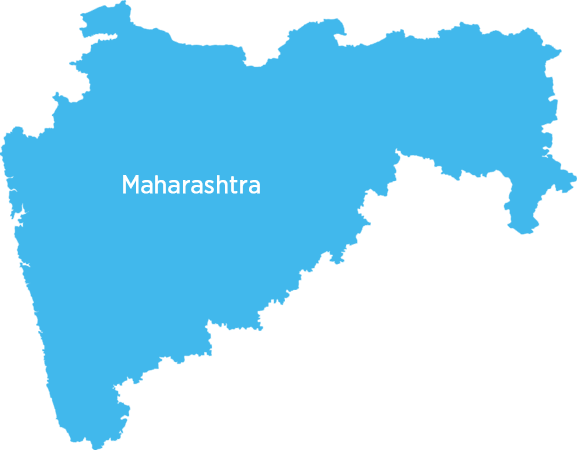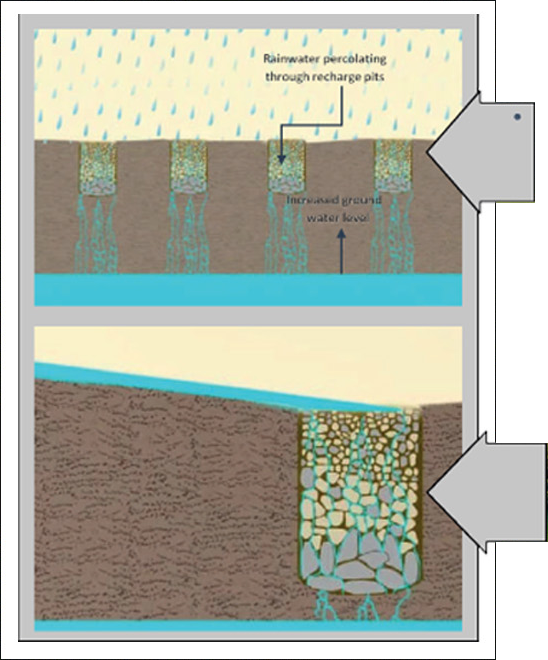Contributing to India's Water Security
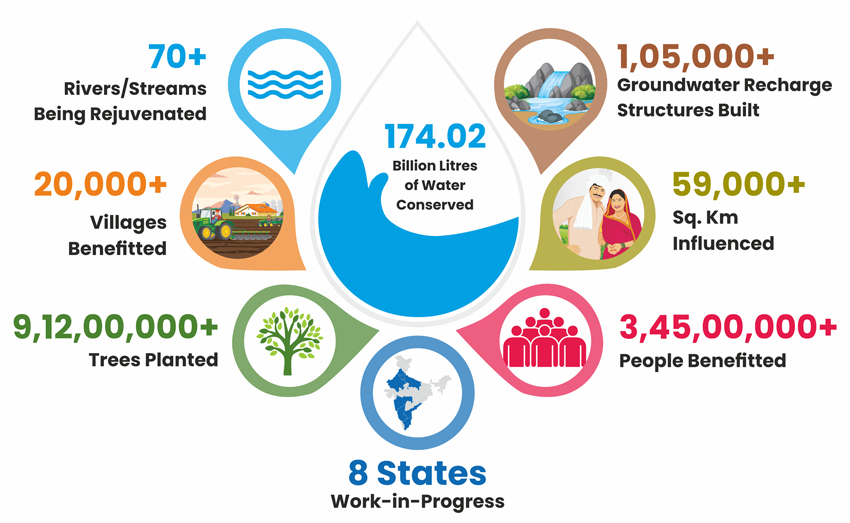
 Our survival depends on water, it is the basis of the life force. We need to protect the source of water.
Our survival depends on water, it is the basis of the life force. We need to protect the source of water.
- Gurudev Sri Sri Ravi Shankar
 Our survival depends on water, it is the basis of the life force. We need to protect the source of water.
Our survival depends on water, it is the basis of the life force. We need to protect the source of water.
- Gurudev Sri Sri Ravi Shankar
India Faces Water Crisis
At least 54% of the sub-continent has turned into a water-stressed dry-land with many rivers rapidly drying up. Experts opine that by 2025, the country will be facing an acute water crisis if no preventive measures are taken today. Interestingly, most parts of the country receive generous amounts of rainfall, but still there is an acute shortage of water for agricultural and domestic use throughout the year. Contrary to general belief, rainfall fulfils only a fraction of India’s total demand for water. Only 20% of India’s agricultural and domestic requirements are met by rain and water bodies like rivers, lakes etc. The remaining 80% is dependent on groundwater for sustenance.
This groundwater is continuously depleting at an exponential rate since the past 20 years owing to the disrupted hydrological cycle leading to a water stress in many areas in the country. Loss of forest cover and vegetation all over the country in the past years has alarmingly reduced the recharge rate of the ground water table. Moreover, developmental activities like the expansion of the road network, construction of hydroelectric projects have impacted the water bodies, rivers and their basins. The most common problems which have been identified include reduced water flow in the rivers, fragile ecology, river bank and soil erosion, siltation etc. All these issues have led to the poor health of the rivers, which is reflected in both the quantity and quality of water, which affects agricultural productivity, livelihood security, public health, and aquatic. And matters are made worse by the blind extraction of water from this already depleting source. According to the Central Ground Water Board of India (CGWB), 239 trillion litres of groundwater is extracted every year. Rainfall over natural catchment areas is the only source of recharging this ground water, but research data from the Central Water Commission of India (CWC) shows that 78% of the water from rainfall runs off the surface and flows in to the oceans, rendering it incapable of domestic use as well as augmentation of the ground water recharge.
These numbers clearly indicate that the existing rainwater recharge mechanisms operating in nature, as well as those few already undertaken by the people of the country will not be sufficient to tackle this problem.
Contribution to India's Water Security
The Art of Living Water Conservation Team was formed in 2013, inspired by Gurudev Sri Sri Ravi Shankar’s vision to mitigate water crisis and develop a sustainable & long-term solution to revive dried rivers, and conserve water.
With meticulous planning, the assistance of experts, and consistent efforts, the river rejuvenation team started restoring dried-up rivers and other water sources like ponds, wells, canals, and temple tanks.
70+ Rivers/Streams have been rejuvenated and 90,500+ Structures Built in 5 States - Karnataka, Maharashtra, Tamil Nadu, Uttar Pradesh, and Andhra Pradesh in a short span of time and are flowing perennially.
The results proved to be a boon for farmers. It increased groundwater levels, optimized crop production, increased soil fertility and doubled farmers' income.
Testimonials
When I came to know about the benefits of JalTara, I decided to implement it on my farm. It has prevented waterlogging and preserved groundwater for a longer time.

Krishna Takle
Farmer, Pokhari Village, Jalna District
Under JalTara Yojna, recharge structures were constructed on my farm. Usually, during the summer season, we experience drought problems, but this time there is enough water available for farming all year long.

Digambar Baburao Takle
Farmer, Manta Taluka, Jalna District
After the implementation of the JalTara Project, the water level in my area has increased.

Gyaneshwari Kakde
Farmer, Manta Taluka, Jalna District
Before JalTara Yojna no effort was made to conserve water. After the implementation of JalTara Yojna, we have plenty of water in our hand pumps.

Suman Bai
Farmer, Murumkheda Village
Our village, Shivangiri, benefited from the JalTara Project. This strategy has raised groundwater levels and doubled our income. Today, farmers are happy.

Madan Pandrinath Jadhav
Farmer, Jalna District
In the framework of the JalTara project, we built recharge shafts close to wells. After the very first rain, we discovered that the water level had risen to 75%. The JalTara project is an excellent way to end water scarcity and should be implemented by everyone to increase groundwater.

Mahadev Nivratti Narvade
Farmer
I had 6 acres of land, of which one acre produced crops. Previously, there was mud after rains. After the construction of JalTara recharge structures, the water level in my well has risen. I can grow more crops now.

Appasaheb Bahekar
Farmer, Jalna District
I have been farming for two years. JalTara came into existence in our village last year. I own 32 acres of land for farming where 40 JalTara recharge structures were constructed. Earlier, where there were 8-10 crore crops, now the land is producing 13-14 crore crops every year.

Narayan Vaidyanath Dighe
Farmer, Ambora, Jahangir Village
JalTara's technique benefited us. We didn't have to spend anything to implement the JalTara technique on our farm and reaped immediate benefits after recharge structures were constructed next to our wells as the water levels doubled.

Vikas Hamre
Farmer, Warud Village
Due to JalTara recharge structures, water levels in the well of my village have increased. I recommend that all the farmers in other villages should implement the JalTara technique on their farms.

Baburao Jaivanto Kakde
Farmer, Jaipur Village (MH)
Earlier, there was too much mud on the farm. Excess water was soaked after constructing JalTara recharge structures. Water levels in my wells have increased. Soybean & chana crops production optimized.

Sulabai Chavhal
Farmer, Murumkheda Village (MH)
Earlier, one of my wells dried up and was not in use. I implemented JalTara on my farm, but neighbouring farms faced the problem of excessive mud. After seeing me, they also implemented JalTara recharge structures, which led to an increase in 14 quintals of soybean yield.

Ashok Ambure
Farmer, Jalna District
Previously, 90% of the houses in this area were made of mud. Currently, 60 to 70 % of houses are built of concrete, and the remaining ones will be finished within a year. When I finish building my house, I'll give it the name 'JalTara'

Nivritti Kisarao Palve
Farmer, Palashkheda Village, Jalna

